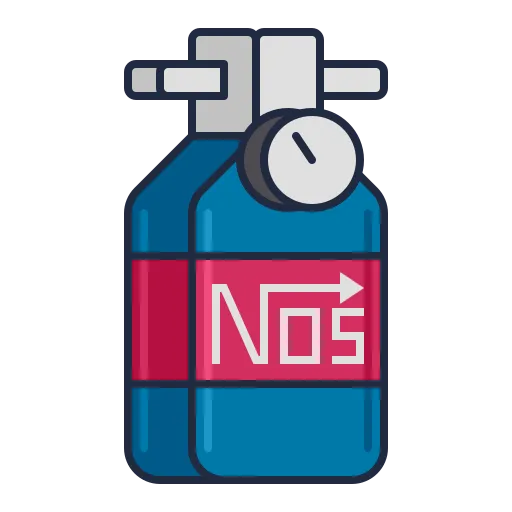
Imagine you finally got your own cool domain coolstartup.io and now also want to have a nice fitting email address alex@coolstartup.io. There are plenty of professional email providers that offer an inbox and to send mails from a custom domain, ranging from 1 per month. In this article, we aim for setting up an email account with no running costs and want to shed light onto the different available free solutions and their pros and cons. But let's start with some theory behind sending emails nowadays.
How does sending emails work?
When you send an email, your email client (e.g. Thunderbird, Outlook, Apple Mail) connects to an SMTP server (Simple Mail Transfer Protocol), which is responsible for sending outgoing emails. The SMTP server takes the recipient's email address and extracts the domain part (the part after the "@", e.g., "coolstartup.io" in alex@coolstartup.io). To deliver the email, the SMTP server performs a DNS lookup for the domain's MX (Mail Exchange) records. MX records specify which mail servers are authorized to receive email for that domain. The SMTP server then connects to the mail server listed in the MX record and transfers the email. On the receiving end, the recipient's mail server stores the email, typically making it available via IMAP or POP3 protocols. The recipient's email client then connects to this server to retrieve and display the email.
How to avoid spam
To ensure that your emails are not marked as spam, you need to set up a few more DNS records for your domain.
SPF (Sender Policy Framework)
SPF is a DNS record that specifies which mail servers are allowed to send emails on behalf of your domain. When an email is sent, the receiving mail server checks the SPF record to verify that the sending server is authorized.
DKIM (DomainKeys Identified Mail)
DKIM is a method of associating a domain name with an email message, allowing the receiving server to check if the email was indeed sent by the owner of the domain. It involves adding a digital signature to the email header, which is verified by the receiving server using a public key published in the DNS.
DMARC (Domain-based Message Authentication, Reporting & Conformance)
DMARC is a policy that builds on SPF and DKIM to provide instructions to receiving mail servers on how to handle emails that fail SPF or DKIM checks. It allows domain owners to specify whether to reject, quarantine, or accept emails that do not pass these checks.